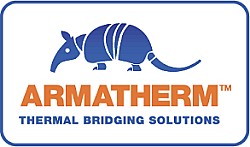09-17-2025

Learning Objectives
1. Understand what thermal bridging is and what effect it has in energy loss.
2. Understanding of terminology of heat loss and gain in buildings and how K- values, R- values, and U- values help us select the correct materials and assemblies for the best results.
3. Understand how 3D thermal modeling can help us design better assemblies to mitigate energy loss in transitions. We also discuss areas most affected by thermal bypasses and how to address them in the design phase.
4. Avoid condensation issues related to thermal bridging.
5. Confirm that continuous insulation contributes to ASHRAE 90.1 and LEED v5 standards.
Comments
Great!
Ramona VeneraGreat!
Ramona VeneraGreat!
Ramona VeneraGreat Resource
DEZHAOA excellent presentation to demonstrate what thermal bridging can cause.
Chi Leung PeterBuilding Better with Thermal Breaks Good course
AlbertVery helpful, especially with all new codes in place thank you
MichaelThanks
YoonchulEducational and detailed
EricGood infromation
RebeccaOk
HabibFunny, thank you.
chelseaThe information was valuable but the video was a bit jerky - constantly buffering in full-screen mode
JudithBuilding Better with Thermal Breaks
FREE
Thermal bridging has been found to adversely affect the heating and cooling of buildings in a significant way. Three dimensional thermal modeling has shown thermal bridging often occurs at predictable structural transitions and that thermal breaks can significantly reduce conductive heat losses in those areas. This course will explain what thermal bridging is, where it occurs, and present strategies to help control it. As we build more efficient buildings that are comfortable and safe, we need to look for better ways to insulate structural transition areas with materials that can bear weight, and insulate.
Credits: 1 AIA HSW + 1 GBCI (USGBC/CAGBC) + 1 AIBD Primary + 1 AIBC Core LU + 1 AAA Structured LU + 1 OAA, OAQ, SAA, MAA, AAPEI, NWTAA
Length: 1h
You must be logged in to take a course. Please login or create an account here
Login OR Create an account ShareSponsored by


Building Better with Thermal Breaks
FREE
Thermal bridging has been found to adversely affect the heating and cooling of buildings in a significant way. Three dimensional thermal modeling has shown thermal bridging often occurs at predictable structural transitions and that thermal breaks can significantly reduce conductive heat losses in those areas. This course will explain what thermal bridging is, where it occurs, and present strategies to help control it. As we build more efficient buildings that are comfortable and safe, we need to look for better ways to insulate structural transition areas with materials that can bear weight, and insulate.
Credits: 1 AIA HSW + 1 GBCI (USGBC/CAGBC) + 1 AIBD Primary + 1 AIBC Core LU + 1 AAA Structured LU + 1 OAA, OAQ, SAA, MAA, AAPEI, NWTAA
Length: 1h
You must be logged in to take a course. Please login or create an account here
Login OR Create an accountSponsored by

Learning Objectives
1. Understand what thermal bridging is and what effect it has in energy loss.
2. Understanding of terminology of heat loss and gain in buildings and how K- values, R- values, and U- values help us select the correct materials and assemblies for the best results.
3. Understand how 3D thermal modeling can help us design better assemblies to mitigate energy loss in transitions. We also discuss areas most affected by thermal bypasses and how to address them in the design phase.
4. Avoid condensation issues related to thermal bridging.
5. Confirm that continuous insulation contributes to ASHRAE 90.1 and LEED v5 standards.
Comments
Great!
Ramona VeneraGreat!
Ramona VeneraGreat!
Ramona VeneraGreat Resource
DEZHAOA excellent presentation to demonstrate what thermal bridging can cause.
Chi Leung PeterBuilding Better with Thermal Breaks Good course
AlbertVery helpful, especially with all new codes in place thank you
MichaelThanks
YoonchulEducational and detailed
EricGood infromation
RebeccaOk
HabibFunny, thank you.
chelseaThe information was valuable but the video was a bit jerky - constantly buffering in full-screen mode
Judith
Featured
On-Demand Course
Download our App!


Upcoming Events
-

-

-
 Hospitality Building Solutions - Central
Hospitality Building Solutions - Central11-18-2025
-

